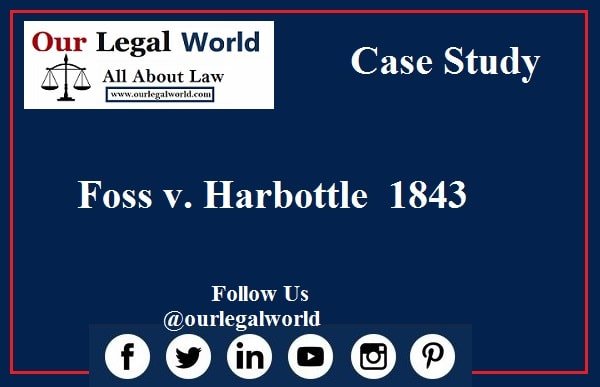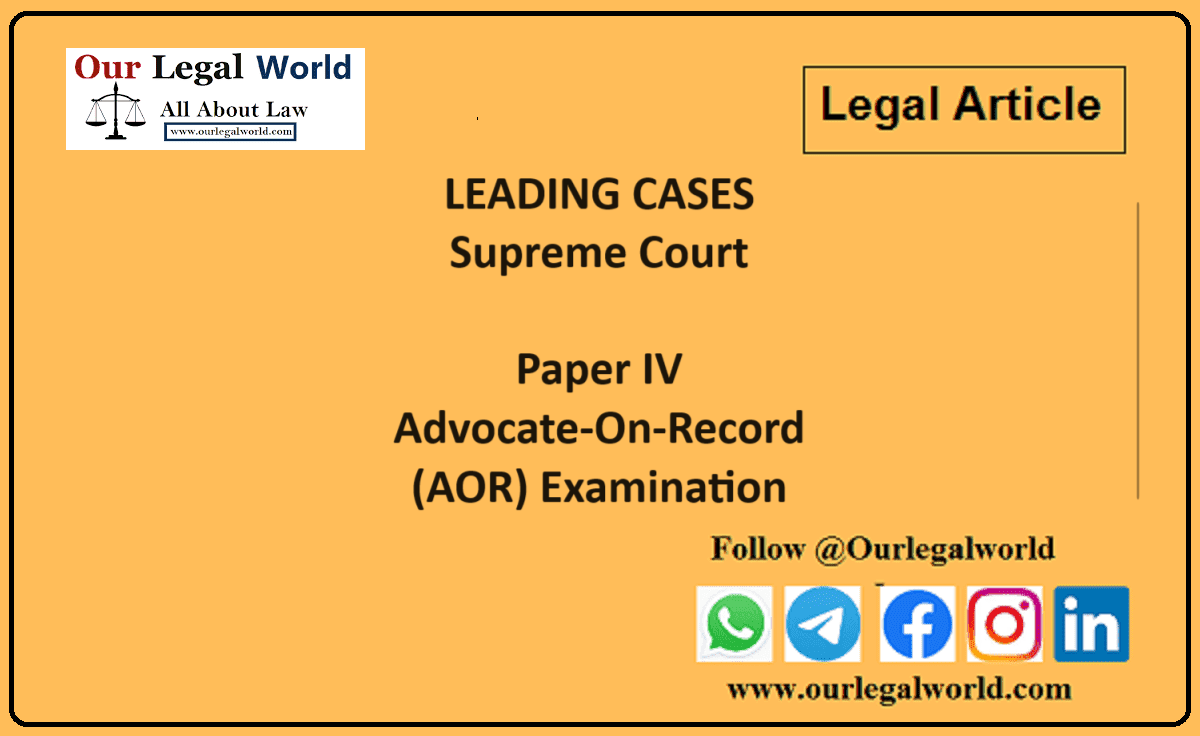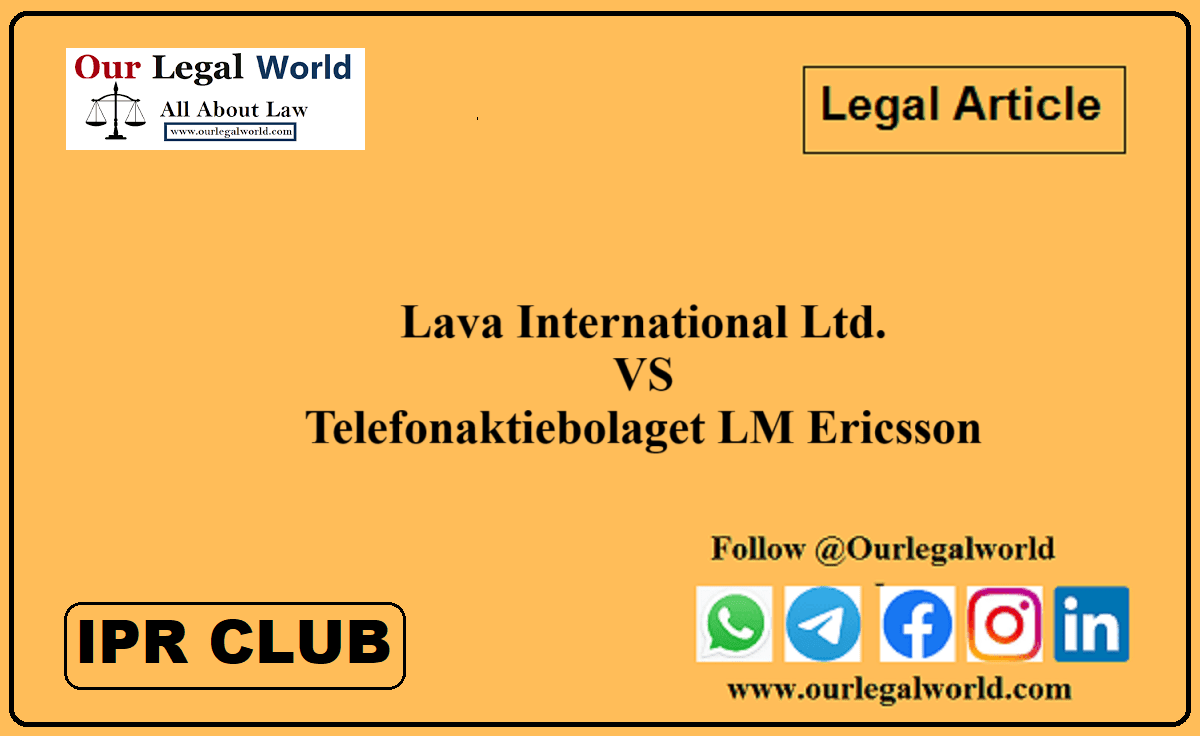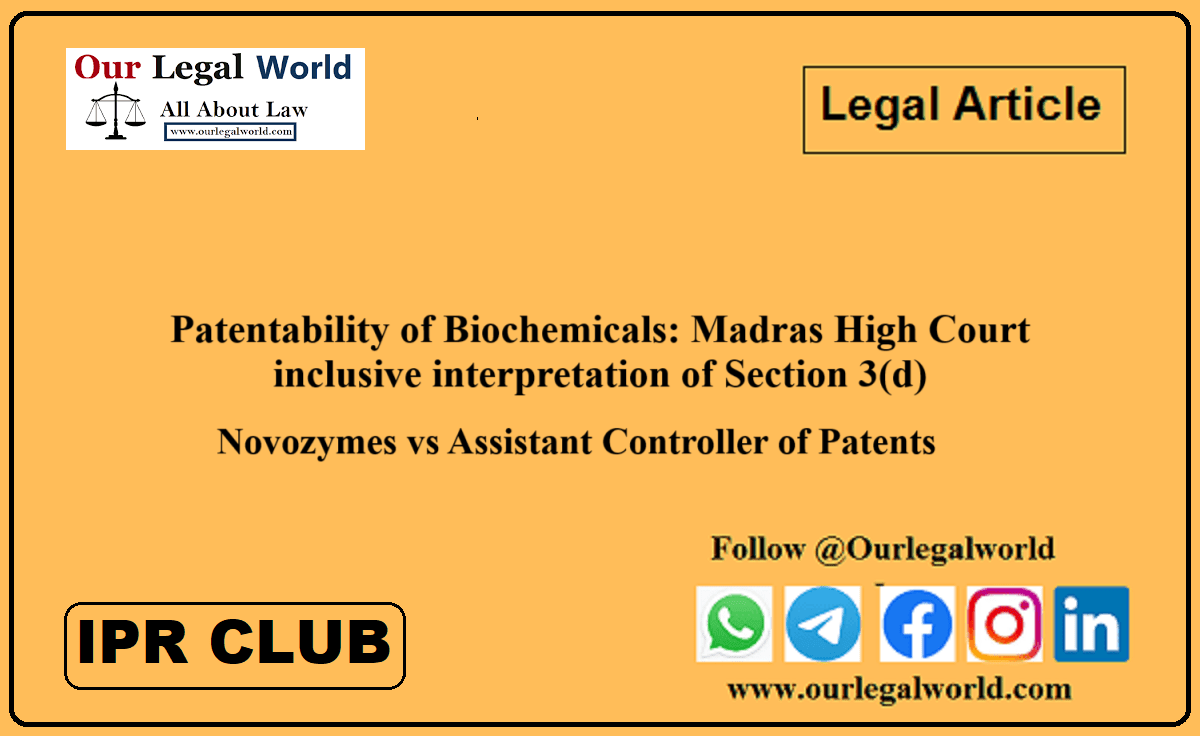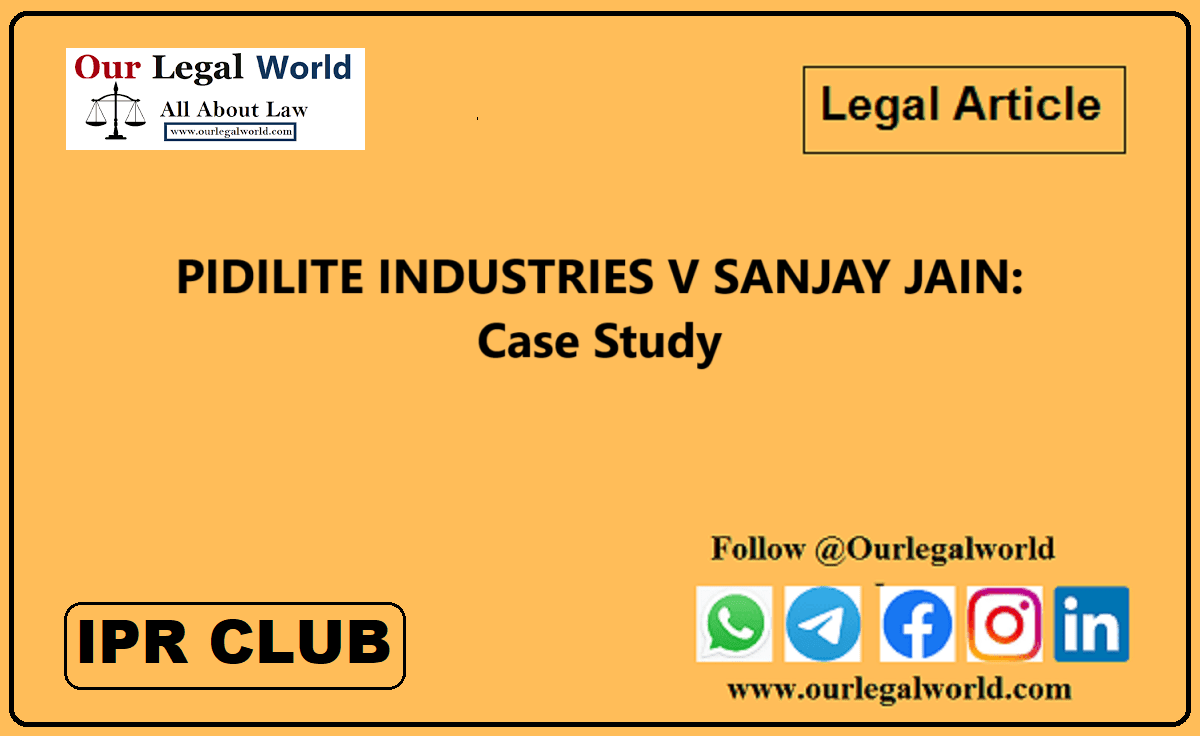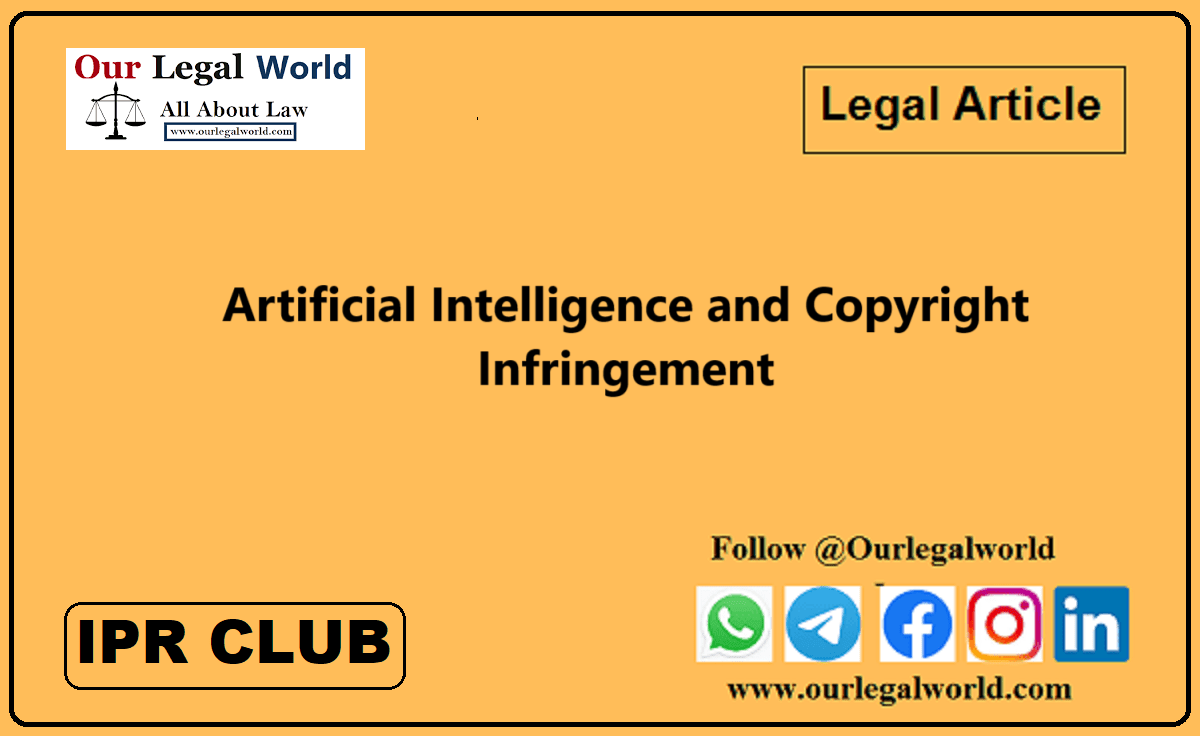Foss v. Harbottle; 1843: Case Study
Citation- [1843] 67 ER 189, (1843) 2 Hare 461
Bench- Wigram VC, Jenkins LJ
Court- Court of chancery
Petitioner- Richard Foss and Edward Turton
Defendant- Thomas Harbottle & Other’s
Introduction:
A ruler makes use of the majority and neglects the minority, and so he does not devote himself to virtue but to law.
Han Fei
This is one of the significant cases in the field of Corporate law. The rule implied in this case clearly states that a company to which wrong has been done is entitled to be the claimant. A company, being an artificial company is regulated by the shareholders who have shares in majority. In this case, the principle of majority was involved.
What is the ‘principle of majority’?
According to section 47 of the Company’s Act, 2013, all the equity shareholders of an organization hold voting rights. Apparently, they hold the authority as they proper the assets of an organization. In the case where a special resolution is required, the majority of 3/4th of the total shareholders is considered. The minorities are left with the alternative to follow them. Eventually, the majorities hold the supreme power in a company.
Facts:
In a company named “Victoria Park Company”, Richard Foss and Edward Turton were two of the minority shareholders of the company. The company was founded in 1835 to buy 180 acres of land near the Manchester in order to the transformation of the land into a park called “Victoria Park, Manchester”. The purpose of the company was to enclose and implant the same in an ornamental and park-like manner and the houses constructed with the gardens and then selling or disposing of them thereafter. But, contrary to the purpose, the directors were engaged in misappropriation of the property they had for the project which could cost loss for both the company and the shareholders.
Then, these petitioners brought these problematic actions of the wrongdoers into the spotlight.
Issues involved:
- Do the members have rights to sue on the behalf of the company?
- Are the wrongdoers going to be punished?
Judgement:
Wigram VC held that, since a company is a separate and legal entity, no plaintiff can sue in their own names. If a wrong is done to the company, the sue can be made by the name of the company. The claim of the plaintiffs was dismissed on the fact that the company has a separate entity from its shareholders. If any breach of contract has occurred against any company, it is the corporation who has suffered and not the shareholders. Under section 21 (1) (a) of the Companies Act, it is been stated that a company can sue in its own name and not the shareholders are entitled to sue in their names.
The court stated that the court can not intervene in the decision made by the majority. The Majority principle was supported and the minorities were made to accept the decisions made by the majority of the shareholders. if the majority can ratify their conducts, the courts won’t be interfering. The court established the principle of ‘Proper Plaintiff Rule’ where a company is eligible to sue any director or shareholder if he is been caught indulged in any fraudulent activities. Secondly, there is ‘Majority Principle Rule’ where a court won’t be interfering if the majority has affirmed or ratified any wrong committed, confesses it before the general meeting.
But the bar was still there for the minority shareholders to take any legal step in the favor of the organization. To mollify this much of strictness, four exceptions were coined for the relaxation of the minorities.
Four exceptions to this much of harshness were-
- If the act is ultra-vires.
- The acts which cause invasion of personal rights of a member, in the capacity of a member of the company.
- A situation where the alleged act could only have been validly performed and the violation has been taken place by the majority.
- If fraud has been committed by the majority to the minority.
References
- lawlex.org
- Wikipedia
- lawbhoomi.com
- thefactorfactor.com
- Company law by Avatar Singh
Also Read: M.C. Mehta v. Union of India, 1986 – Taj Trapezium Case
